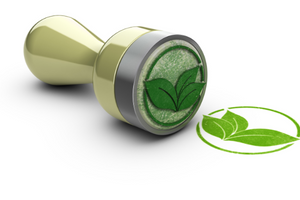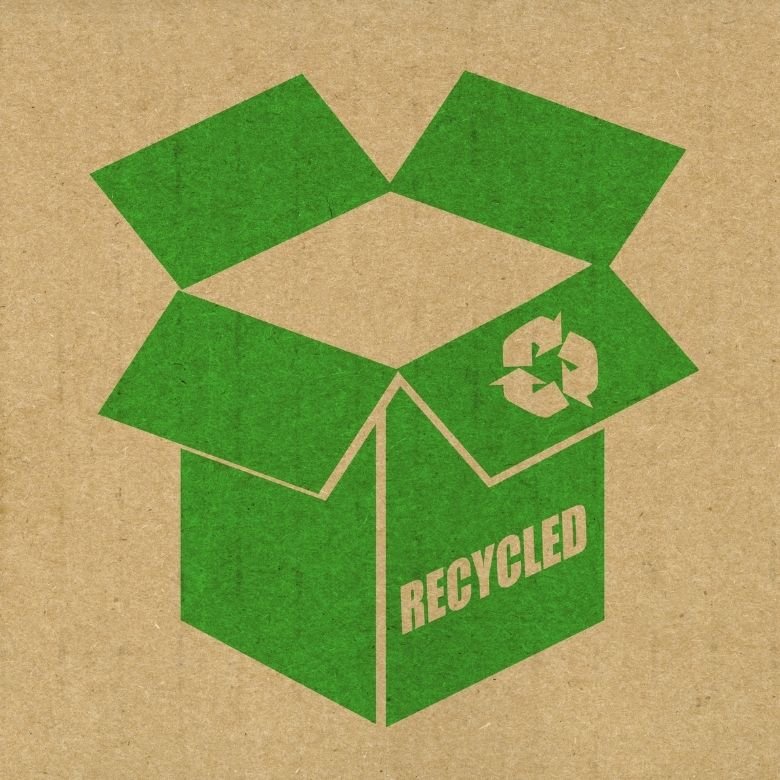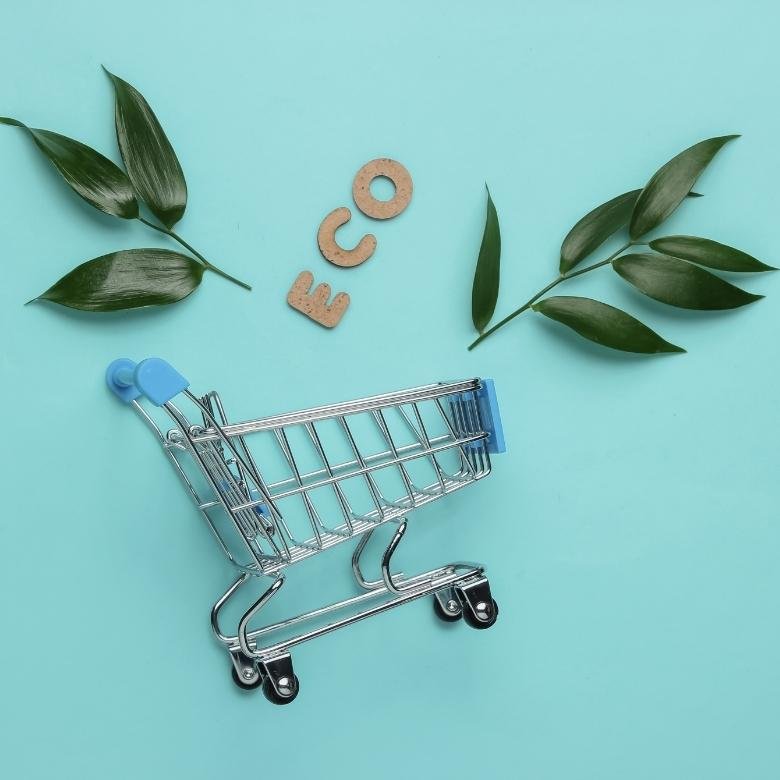Environmental protection is very important to all of us. There are a number of things we can do to protect the environment. The eco-labels on product packaging can help you make informed and responsible purchasing decisions. Remember that your everyday consumer choices have a huge impact on the future of our planet!

What is the purpose of an eco-label?
Shopping has never been so challenging. Hundreds of competing products are waiting in the shops, and the selection criteria are constantly expanding. Sometimes the priority for consumers is price, sometimes brand awareness, attractive packaging or positive opinions of friends. More and more people are starting to take into account the environmental friendliness of a given product in their decisions.
Eco-labels have been developed to clearly communicate basic information about recyclability, hazardous substances and the origin of raw materials. You don’t need to read and understand lengthy labels. Simple symbols provide you with all of the information you need to make a good decision.
The basic eco-labels you need to know
Green products are those that have been developed to respect and protect the environment. They include different categories of products. Eco-labels may refer to the presence of controversial ingredients, the sourcing of raw materials, or the production process itself.
ECOLABEL, also known as Daisy or Marguerite, is the EU’s basic symbol in the form of a flower with a crown forming part of the EU logo. It signifies that the product complies with the strictest environmental requirements set by Member States. Its national equivalent is Znak EKO (i.e. ECO Mark), awarded to industrial products since 1998 by the Polish Centre for Testing and Certification.
Very important from the point of view of environmental protection is the ‘Safe for Ozone’ mark placed on the packaging of cosmetics and household appliances. It confirms that the given product is free of CFCs, i.e. compounds of fluorine, chlorine and carbon, which directly threaten the ozone layer. The symbol may be accompanied by inscriptions such as: ‘Ozone friendly’ or ‘CFC Free’.
The oldest eco-label in the world is the ‘Blue Angel’, introduced in Germany in 1978, but used today in many countries. The round, blue and white symbol is a confirmation of the highest environmental competitiveness of products from 75 categories, including building materials and computer equipment. The elite label is awarded on the basis of an assessment of the entire life cycle of the product – from raw material extraction to disposal.
In addition, the ‘Energy Star’ eco-label, awarded by the US Environmental Protection Agency but also used in the European Union, can be found on consumer electronics and household appliances. The blue logo is a confirmation of the energy efficiency of the product.
More specific eco-labels for certain product groups also include:
- FSC – confirming that the wood used in production has not contributed to the destruction of the environment, especially animal habitats;
- PEFC – which stands for production in accordance with sustainable forest management principles;
- Rainforest Alliance Certified – certifying that a given product has been produced without harm to forests and water, but also with respect to local people;
- The Green Lungs of Poland – awarded to companies and organisations operating in the North-Eastern part of the country which do not pose a threat to the natural environment;
- Öko – Tex Standard 100 – dedicated to textile products that do not contain substances hazardous to health;
- Carbon Reduction Label – which takes the form of a black foot and signifies the minimisation of carbon dioxide emissions during the manufacture of a given product.

Recycling of packaging, how to decipher the symbols
A separate category of eco-labels are symbols relating directly to the disposal of packaging. They help users segregate waste and thus increase the percentage of reused waste. For the buyer, they also provide additional information about the environmental responsibility of the producer.
Environmental symbols for recycling can be very distinctive. They describe how to separate the packaging in question into its parts and how to manage it. In practice, you will most often encounter general labelling in several forms.
- ‘Recyclable packaging’ – depicted as a triangle with three arrows. It indicates that the packaging is recyclable and should be placed in the appropriate recycling container. The mark may be accompanied by numbers and letters defining the type of raw material used. Read also: which plastics are recyclable?
- ‘Biodegradable packaging’ in the form of a loop with two leaves which indicates that the packaging is compostable.
- ‘Throw in the bin’ – a simple symbol to remind you to place the used packaging in the waste bin.
- ‘Green Dot’ illustrated by a green circle of two arrows and confirming that the producer has contributed to the national packaging recovery system.
Eco-labels found on food packaging
Specific labelling applies to food products which, as a rule, are subject to scrupulous health-related quality standards. In the European Union, the most common symbol in this category is ‘Organic Farming’ in the form of a leaf composed of white stars on a green background. It means that a minimum of 95% of the ingredients of a product comes from organic cultivation/farming as defined by the EU criteria.
You can also find the yellow, blue and green ‘Ekoland’ mark on packaging in the grocery shop, which is awarded to products that meet national ecological standards. They come from environmentally friendly farms, and no mineral fertilisers or chemical plant protection products were used in their production. The ‘ZCRE’ symbol, awarded by the Polish Centre for Testing and Certification, has a similar meaning.
It is also worth mentioning the ‘Fair trade’ mark appearing on imported foodstuffs, such as fruit, spices, cocoa and chocolate, tea and coffee. It certifies that the producer complies with the standards of the International Labour Organisation. In practice, this means that farmers and workers have been paid fairly and that the production process respects ecological standards and health and safety at work.

Why buy eco-labelled products?
At a time when climate change and the extinction of species are topics that concern scientists all over the world, caring for the environment is a primary responsibility of every citizen. Given the scale of shopping in today’s society, every good choice is a step towards a greener future.
The eco-labels discussed above facilitate waste management by increasing the level and efficiency of recycling. In addition, they allow consumers to find products on shop shelves that are less harmful to the environment and promote the rational use of non-renewable resources. It is worth remembering that ecological choice often translates into health protection as well!
